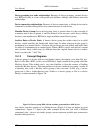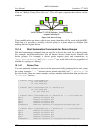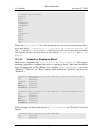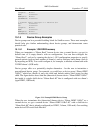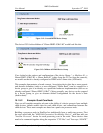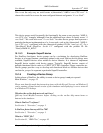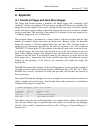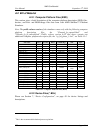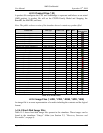
AMD Confidential
User Manual September 12
h
, 2008
176 Chapter 15: Frequently Asked Questions (FAQ)
connection ports. Once the devices are connected, a user would then need to load a
product ID file so that the simulated devices would represent a real and planned piece of
hardware. In summary, building a Quad-core node in SimNow could take as many as 14
individual steps, and these steps would need to be repeated each time a processor node is
to be added.
A device group can both simplify adding a quad-core node, and present the user with a
hierarchical view. So we will give some examples with quad-core processor nodes.
A device group is not required to specify archive data for its child devices. When such a
known device group is instantiated as a created device, it simply lets its children use their
own default and initial configuration state. We can create an abstract or generic “4 core
Node” device group that does not represent a particular hardware implementation (just
like a non-configured “Dimm Bank” does not represent a particular hardware
implementation, until it is configured).
A device group can optionally specify initial and default archive data (device state) for
each of its child devices. A device group with five children could specify archive data for
0, 1, 2, 3, 4, or all 5 children. We could have an “AMD 4-core CPU xxxx” that specifies
archive data for all five of its children (configured with the (theoretical) product ID file
“amd-xxxx.id”).





